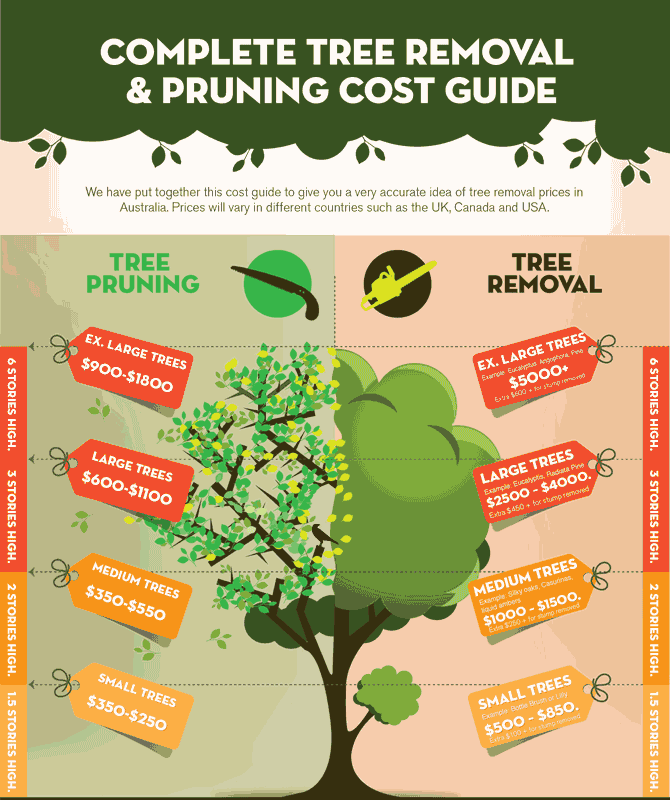Figuring Out The Correct Time For Tree Elimination - An Overview For Homeowners
Figuring Out The Correct Time For Tree Elimination - An Overview For Homeowners
Blog Article
Content Writer-Kehoe Crowder
Trees include elegance and value to residential property, but they can also position a danger throughout severe weather occasions. If a tree has quit growing, is exhibiting visible fungal growth, or has a leaning trunk, it needs to be gotten rid of by a professional to prevent building damages and injury.
To find out more, attend a house owner source fair co-hosted by HPD, the Facility for NYC Neighborhoods, and Brooklyn-based real estate companions this night in Bedford-Stuyvesant. The occasion will certainly include the Homeowner Manual, a new overview to assist home owners navigate the responsibilities of having a home.
1. Dead or Dying Branches
Trees are an essential part of your home's landscape, offering color and charm. They likewise offer sanctuary for wildlife and create oxygen, yet even healthy trees can experience illness that might necessitate their elimination. Dead or dying trees aren't simply undesirable, they can be dangerous. Their branches could drop throughout a tornado, causing pricey building damage and injuries.
When a tree's branches start to die, it implies that its structure is starting to break down. If most of its branches are dead, it is likely time to remove it.
Try to find an absence of brand-new growth, bark peeling, open wounds or cavities, fungi expanding on the trunk or roots and a general appearance of decay in the whole canopy. https://docs.google.com/spreadsheets/d/14CZ1EqvrS4bTDXUjNA0r9MKnVcLeL7I41lrUxHzkPmo/edit?gid=563857436#gid=563857436 of infection can show a severe trouble that will certainly call for specialist tree solutions to deal with.
2. Leaning Trunk
While it's regular for trees to lean every so often due to phototropism, if a tree has a hazardous or extreme lean that's not as a result of natural processes - it could be an indication that the tree needs to be removed. If the tree is favoring a high-voltage line, home, vehicle, play structure or any other area that could be unsafe to individuals if it drops, after that speaking to an expert tree service for elimination must be a top concern.
It's additionally crucial to watch for any type of sudden changes in a tree's leaning as it can suggest damage to the origins or trunk that might bring about dropping. This is especially true during stormy weather, since high winds and rain-soaked soil can cause a lean to transform rapidly. Routine tracking, especially during and after tornados can aid house owners identify possible problems with their trees so they can call an arborist for a complete analysis.
3. Parasite Infestation
Some pest problems, such as wood-boring bugs like emerald ash borer or sap-suckers like scale pests, are so serious that they can create a tree to die. maintainace means to stop pest infestation is to check your trees often. Try to find spots, openings, or stainings in the leaves and bark. Analyze the trunk for splits and indications of insect damage, such as tunnels or tracks.
If a tree becomes as well plagued with bugs, or is close to a home or power lines, an arborist may suggest elimination. If a leaning tree develops a brand-new, unstable lean, an arborist will likely recommend elimination also to make sure the safety of people and residential property. If a weakened or dead tree consistently sheds excessive branches, it is a sign that it is time to get rid of the tree. If a tree remains to lose branches for a prolonged period of time, it can lead to architectural troubles and possible residential property damages.
4. Damaged Trunk
Trees are a beautiful and fundamental part of our landscape, however they do need regular care to maintain them healthy and safe. If a tree is damaged irreparable it is most likely time for it ahead down.
Search for indications of damages to the trunk, consisting of vertical splits, seams, dead branch stubs, noticeable injuries or open cavities and extreme tree-rot. The existence of fungi at the base of the trunk is one more advising indication. Fungi may show that the phloem and xylem (life-support cells) are endangered, permitting the spread of disease or a future failure.
Likewise, think about whether the tree has quit growing. Healthy trees will have new development annually, which may be visible as buds or branches growing and extending. If you do not see any new development, it's a great idea to have an arborist evaluate the tree and follow their suggestion for elimination. Learn Additional Here dying or damaged tree can drop and cause residential property damages.